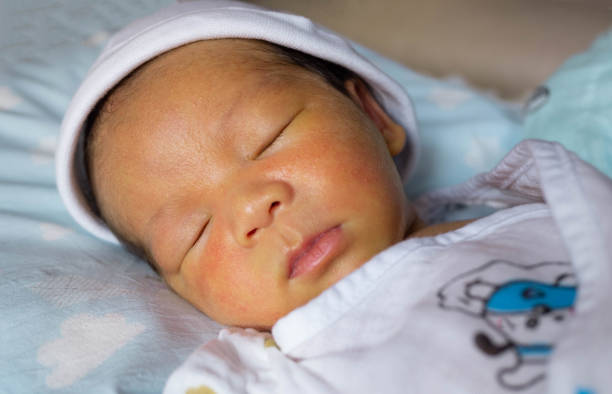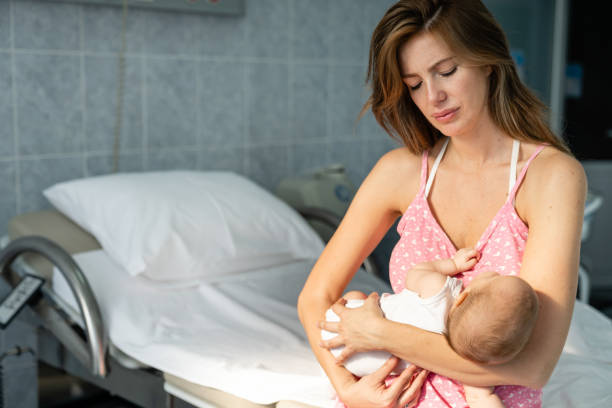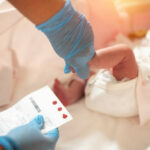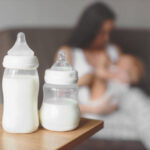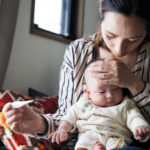Late-onset sepsis (LOS) and hospital-acquired infections (HAIs) are significant concerns for newborns, particularly those in neonatal intensive care units (NICUs). These infections occur after the first 72 hours of life and are often associated with exposure to healthcare environments, invasive procedures, or prolonged hospitalization. Timely recognition, prevention, and treatment are essential to reduce complications and improve outcomes for affected infants.
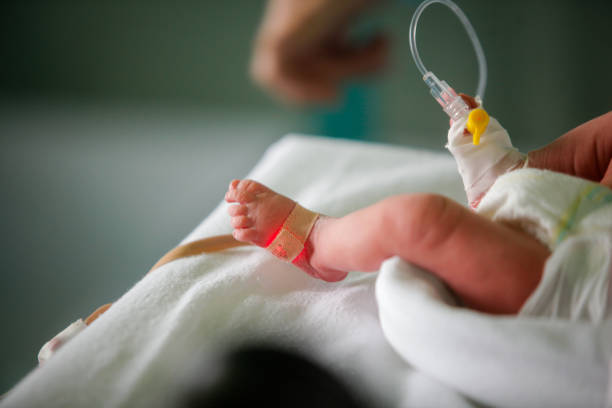
1. What is Late-Onset Sepsis (LOS)?
LOS refers to an infection in a newborn occurring after 72 hours of age. It typically results from:
- Hospital-Acquired Pathogens: Introduced through medical equipment, the environment, or caregivers.
- Community-Acquired Infections: Acquired outside the hospital, though less common in NICU settings.
2. Common Causes of LOS and HAIs
- Bacterial Pathogens:
- Coagulase-negative staphylococci (CoNS), such as Staphylococcus epidermidis.
- Staphylococcus aureus (including MRSA).
- Escherichia coli and other gram-negative organisms.
- Fungal Infections:
- Candida species, especially in very low-birth-weight infants.
- Viral Infections: Such as respiratory syncytial virus (RSV) or cytomegalovirus (CMV).
3. Risk Factors for LOS and HAIs
- NICU Environment: Prolonged stays increase exposure to pathogens.
- Invasive Procedures:
- Use of central venous catheters or endotracheal tubes.
- Mechanical ventilation.
- Prematurity and Low Birth Weight: Immature immune systems increase susceptibility.
- Parenteral Nutrition: IV feeding solutions can introduce infections if not handled properly.
- Antibiotic Resistance: Overuse of antibiotics can lead to infections with multidrug-resistant organisms.
4. Symptoms of Late-Onset Sepsis
Symptoms of LOS can be subtle and overlap with other neonatal conditions:
- Temperature Instability: Fever or hypothermia.
- Lethargy or Irritability: Reduced activity or increased fussiness.
- Feeding Intolerance: Vomiting or abdominal distension.
- Respiratory Distress: Rapid breathing, apnea, or desaturation episodes.
- Jaundice or Pale Skin: Signs of poor circulation or organ dysfunction.
5. Diagnosis of LOS and HAIs
Timely diagnosis is essential for effective treatment:
- Blood Cultures: The gold standard for identifying the causative organism.
- Lumbar Puncture: To rule out meningitis in suspected cases.
- Urine Cultures: Particularly in older infants.
- Chest X-ray: To identify pneumonia or other respiratory complications.
6. Treatment of LOS and HAIs
Management focuses on eradicating the infection and supporting the baby:
- Antibiotic Therapy:
- Broad-spectrum antibiotics are initiated while awaiting culture results.
- Treatment is adjusted based on culture sensitivity.
- Antifungal Medications: For fungal infections, especially with Candida species.
- Supportive Care:
- Oxygen therapy or mechanical ventilation for respiratory distress.
- IV fluids and nutritional support.
- Monitoring for and managing organ dysfunction.
7. Preventing LOS and HAIs
- Infection Control Practices:
- Rigorous hand hygiene among healthcare workers and caregivers.
- Sterile techniques for inserting and maintaining IV lines or catheters.
- Limiting Invasive Procedures: Avoid unnecessary use of medical devices when possible.
- Breastfeeding or Human Milk Feeding: Provides protective antibodies and promotes gut health.
- Antibiotic Stewardship: Avoid overuse of antibiotics to reduce resistance.
- Environmental Hygiene: Regular cleaning and disinfection of NICU equipment and surfaces.
8. Complications of Untreated LOS or HAIs
If not promptly treated, LOS and HAIs can result in severe complications:
- Septic Shock: Systemic infection causing organ failure.
- Meningitis: Infection spreading to the brain and spinal cord.
- Long-Term Developmental Delays: Due to brain or organ damage.
- Death: In severe cases, particularly in extremely premature infants.
Conclusion
Late-onset sepsis and hospital-acquired infections pose significant challenges for newborn care, particularly for those in NICUs. By focusing on prevention through stringent infection control practices, early detection, and effective treatment, we can minimize the risks and ensure better outcomes for vulnerable neonates. The fight against these infections requires collaboration among healthcare providers, caregivers, and institutions to provide the safest possible environment for newborns.

